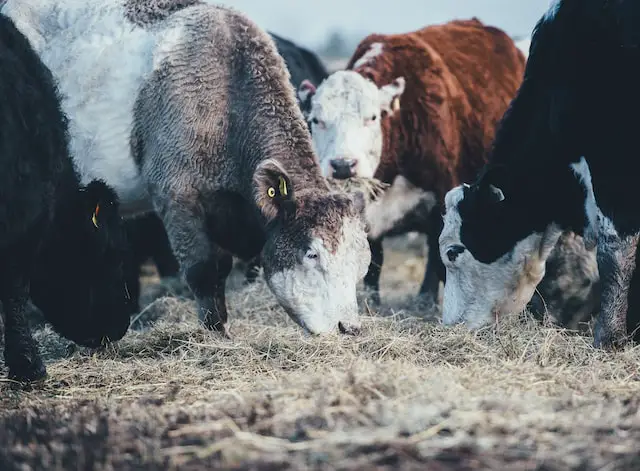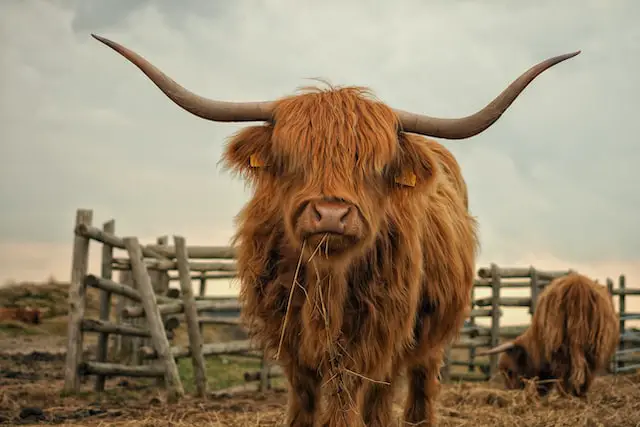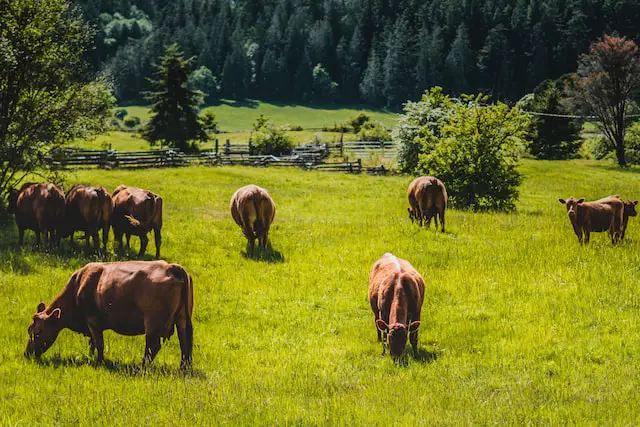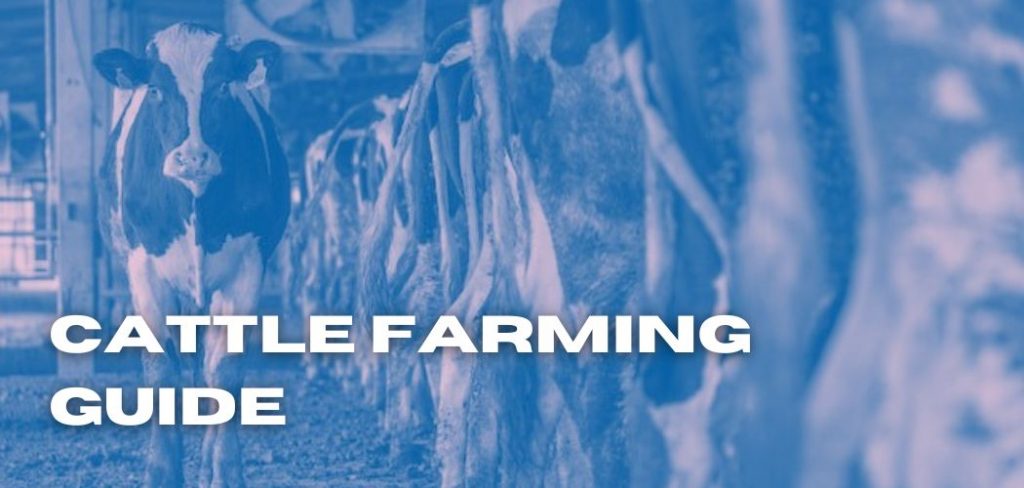When the weather warms and folks start grilling, beef is king. And good beef comes from good cattle. And good cattle aren’t made—they’re raised.
Deciding to start a beef herd isn’t something most people pick as a hobby. Instead, it’s often part of a larger plan to farm as a career or major side-hustle. That’s mostly due to the cost and labor associated with growing a herd. A single cow requires a minimum of one acre—and really, two to three acres per animal is more ideal. So, a small herd of 20 requires a minimum of 20 to 60 acres. The land must be prepared with infrastructure like fences, water access and feed areas.
The costs of land and infrastructure vary across the state, but cross fencing (not border fencing) and water and feed access areas can sometimes be offset with a grant from the Natural Resources Conservation Service. Contact your county office for more information.

Once land and infrastructure are prepared, it’s time to get some animals. Farmers may go one of several routes. Though it may seem counterintuitive, some choose to purchase older cows reaching the end of their useful life. Because of their age, the cows will come at a lower cost and still be able to produce one or more calves, which the farmer can raise as replacements.
Another, somewhat more expensive option, is to purchase cows early on in their breeding years—possibly already pregnant or proven as a breeder with one or two successful calvings behind them.
Once the farmer has a herd that’s ready to breed, there are several choices of operation available. One of those is the old standby—a cow/calf operation. In this case, the cow is bred, the calf is born, and once it’s weaned or a little older, it’s ready to sell at one of the sale barns located across the state.

Some farmers don’t like to mess with impregnating a herd and seeing it through calving season, and for good reason. Ensuring that all cows are bred takes some effort, and monitoring the herd through calving to make sure every animal comes through is a more than full-time job. If that sounds like trouble you’re not looking for, consider buying weaned calves at a cattle auction. Your job will be to raise them to adulthood—and an adult weight—after which they’ll become beef for sale at the market. In this model, raising cattle becomes only a part-time proposition, leaving several months a year free to vacation or pursue other work.

Some folks take yet another position and raise cattle to adulthood before having it butchered and selling the beef themselves. This requires finding a market for the meat. Some farmers take a booth at a farmer’s market, some sell directly to restaurants and many do a combination of both.
For those already farming, deciding to add beef cattle isn’t, perhaps, such a complicated matter. It’s merely another layer of their business, albeit one that requires significant consideration and planning. But, for those not already farming, it’s best to find a trusted colleague who can help walk through the plan—before the new farmer winds up with 30 animals they’re not prepared for.
